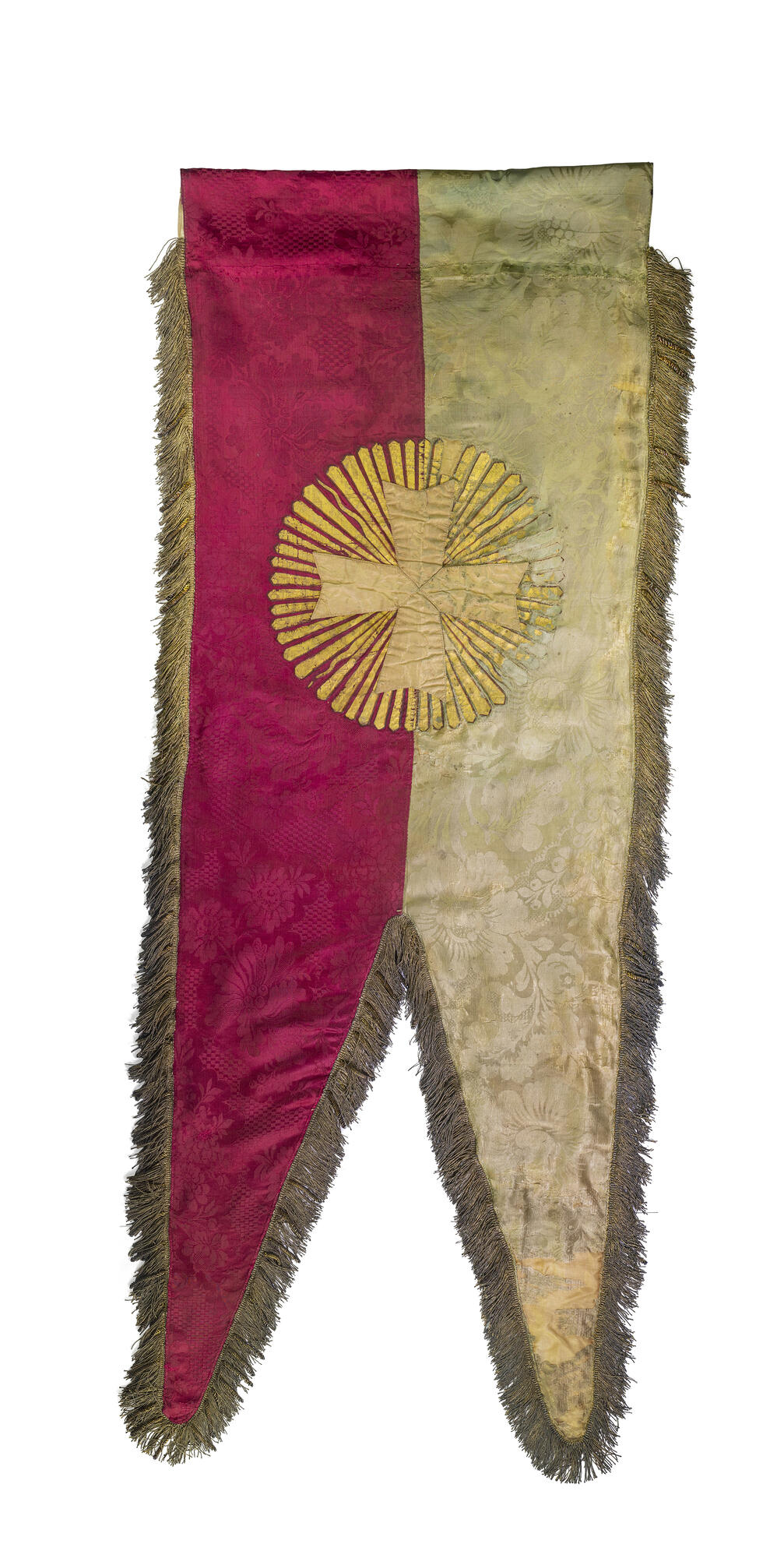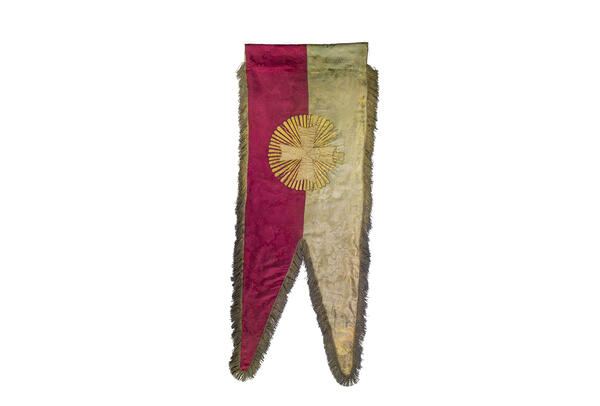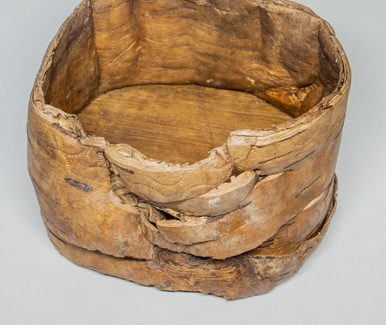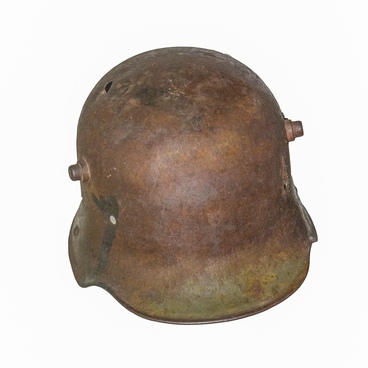The Siberian Linear Cossack Host was established in 1808. It was under the authority of the commander of the Siberian line troops. Along with the statutes, the new formation was given banners and uniform.
The host consisted of the Cossacks who lived on the Siberian border with Central Asia. It had 6,117 men. The creation of a Cossack army was necessary because the regular dragoon regiments previously serving on this border, formed during the reign of Peter the Great, had been called to the western border and had not returned to Siberia.
In peace time, the Cossacks were not divided into regiments and sotnyas, they served in the borderline fortresses at the disposal of commandants. Their service was termless, with retirement only due to total incapacity, old age, wounds, or illness.
In wartime, the Siberian Linear Host was to provide ten mounted regiments of five hundred in each, as well as four reserve sotnyas 一 a total of 5,950 Cossacks. There were 550 Cossacks and commanders, as well as twenty-four weapons in two cavalry and artillery companies. Each mounted regiment consisted of three officers, fourty-seven sergeants, one scribe, one feldsher, and five hundred Cossacks, uniformed and armed.
Since 1816, the commander of a separate Siverian Corps to which the ataman was subordinated became head of the Cossack Host. In 1833, it was instructed to send thirty Siberian Cossacks to the guard every year. They served with the Orenburg Cossacks in the Life Guard Horse Grenadier Regiment.
In 1861, due to the reforms, all civilian part was transferred to the Governor-General of Western Siberia, and the host itself was renamed the Siberian Cossack Host.
The museum displays a banner of the Siberian Cossack Host regiment of the first half of the 19th century. The banner was granted to the regiment on August 14, 1809. In total, ten banners were made — by the number of regiments of the Siberian Linear Cossack Host. In the list of regalia, it is among one of the ‘old banners.’
The host consisted of the Cossacks who lived on the Siberian border with Central Asia. It had 6,117 men. The creation of a Cossack army was necessary because the regular dragoon regiments previously serving on this border, formed during the reign of Peter the Great, had been called to the western border and had not returned to Siberia.
In peace time, the Cossacks were not divided into regiments and sotnyas, they served in the borderline fortresses at the disposal of commandants. Their service was termless, with retirement only due to total incapacity, old age, wounds, or illness.
In wartime, the Siberian Linear Host was to provide ten mounted regiments of five hundred in each, as well as four reserve sotnyas 一 a total of 5,950 Cossacks. There were 550 Cossacks and commanders, as well as twenty-four weapons in two cavalry and artillery companies. Each mounted regiment consisted of three officers, fourty-seven sergeants, one scribe, one feldsher, and five hundred Cossacks, uniformed and armed.
Since 1816, the commander of a separate Siverian Corps to which the ataman was subordinated became head of the Cossack Host. In 1833, it was instructed to send thirty Siberian Cossacks to the guard every year. They served with the Orenburg Cossacks in the Life Guard Horse Grenadier Regiment.
In 1861, due to the reforms, all civilian part was transferred to the Governor-General of Western Siberia, and the host itself was renamed the Siberian Cossack Host.
The museum displays a banner of the Siberian Cossack Host regiment of the first half of the 19th century. The banner was granted to the regiment on August 14, 1809. In total, ten banners were made — by the number of regiments of the Siberian Linear Cossack Host. In the list of regalia, it is among one of the ‘old banners.’



